A Fife author has welcomed the naming of an East Neuk street after a 17-year-old local woman who was burned to death almost 400 years ago after being accused of being a ‘witch’.
Lenny Low, 56, whose first venture into the literary world documented the witch hunts of Pittenweem, said the naming of Maggie Morgan Drive in St Monans was a “great honour”.
The ‘witch’ Maggie Morgan, who was murdered in 1651, had been identified through his 2006 book, The Weem Witch, which is being re-released in an updated fourth edition.
How did street naming come about?
The Courier told previously how St Monans resident Barbara Cockburn bought an original copy of The Weem Witch a few years ago and found it to be a fascinating and accessible book about the fate of East Neuk women who were accused of witchcraft in the 17th century.
The innocent women were picked on simply for being thought “odd”, for being young and beautiful and taken advantage of by men, or, just for being a bit stroppy.
One story that stuck in her mind was that of 17-year-old Maggie Morgan because, like Barbara, she lived in St Monans.
She was accused of being a witch, of being able to take on the appearance of a rabbit and of causing the death by drowning at sea of a local gentleman who had abandoned her after getting her pregnant.
She was tortured and burned to death on Kirk Brae in 1651.
Her ashes were taken up to the loft in the Kirk, known as the Burnt Loft, to be scattered and blown away and not settle on consecrated ground.
Who supported street naming campaign?
Barbara’s suggestion of a street named after Maggie Morgan was supported by Remembering the Accused Witches of Scotland (RAWS).
This constituted group of volunteers from all corners of Scotland, strives to raise the profile of the plight of people accused of witchcraft in years gone past.
Lenny, of Leven, told The Courier: “The new housing project in St Monans has now finished and a road has been opened with the witch I identified in my book The Weem Witch back in 2006 being named.
“It’s a great honour to see this finally happen.
“It comes perfectly with my book getting an update and reprint by Guardbridge Books.”
Success of The Weem Witch book
Since the release of his first edition book in 2006 which has sold thousands, Lenny has featured on Men in Kilts, interviewed by Sam Heughan and Graham McTavish at Wormiston Castle.
The book even inspired Bafta winner Emily Barker and her band the Clay Halo to write a song called the Witch of Pittenweem.
It also led to the apparent discovery of a ‘top soil’ grave.
Thomas Brown, who was starved to death in Pittenweem clocktower in 1704 after being accused of witchcraft, was given a top soil burial on the Western Braes of Pittenweem after being refused a Christian burial.
A few years ago, as reported by The Courier, Lenny was contacted by a former gardener at Balcaskie House who said that when a 300 year old ash tree was toppled by a storm in 1967, the bones of a man were found tangled in the roots of the tree. Could this be the remains of Thomas Brown?
These updated chapters are included in the fourth version of The Weem Witch, which is published on August 14.
Why are witch trials still of interest?
Lenny says the witch trials continue being of interest due to their “unbelievable horror”.
“I think there’s no other way of sensationalising someone who gets pulled out your village and burnt alive – as the majority were,” he said.
“I think it’s the utter horror of these poor victims who were chosen and basically executed.
“To this day it has a sympathy that carries because it could have been me, you or anybody.
“You were just a victim. Simple as that.
“And that’s what captures the imagination today – the unbelievable-ness of it.”
How extensive were Scottish witch trials?
Records show around 4,000 people were accused of witchcraft in Scotland between 1563 and 1736, with women accounting for around of 85% of suspects.
During the witch hunt years there were approximately 350 known accused witches in Fife.
Lenny added: “When you are talking numbers, a visitor to Scotland in 1652 – he was a writer. He mentions 40 witches in a week getting burnt in Fife. It’s ridiculous.”
The fourth version of The Weem Witch by Leonard Low, with additional chapters, is published on August 14.
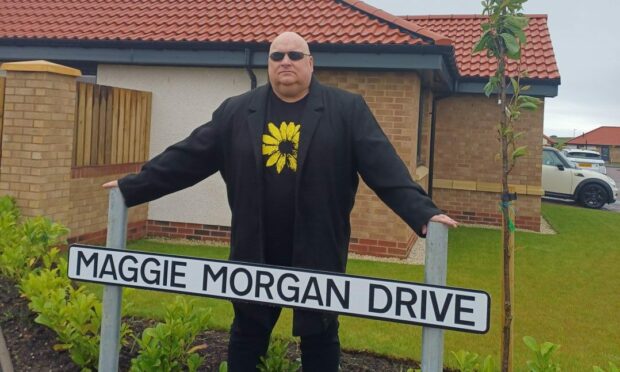
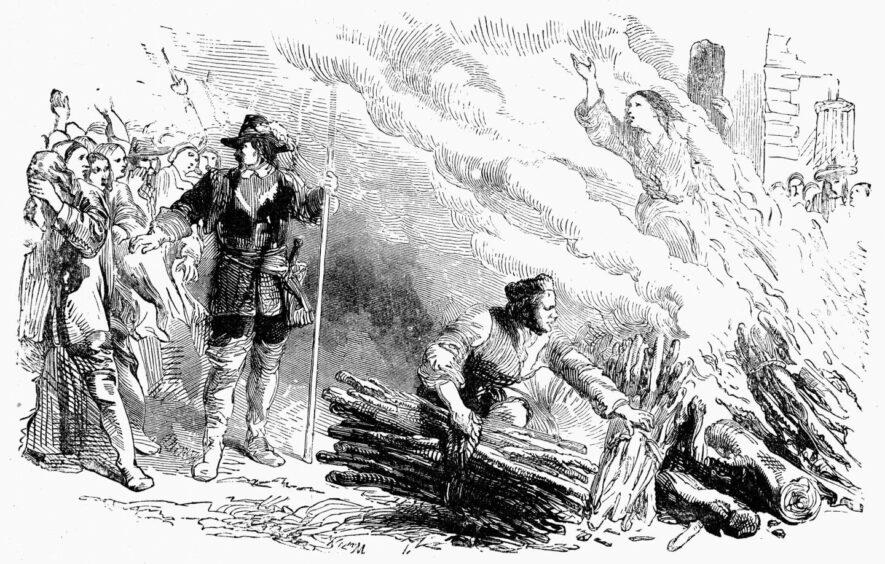

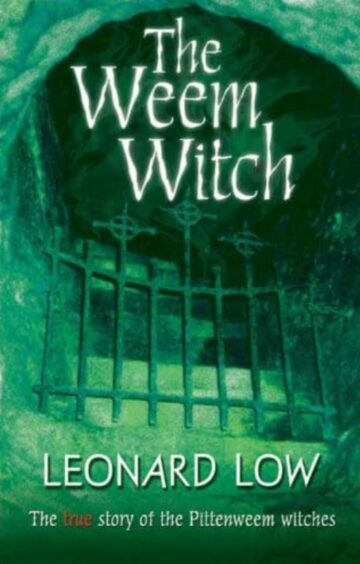
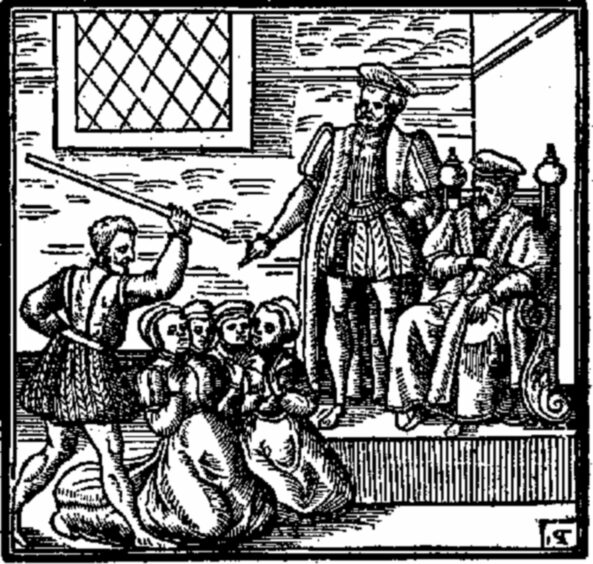
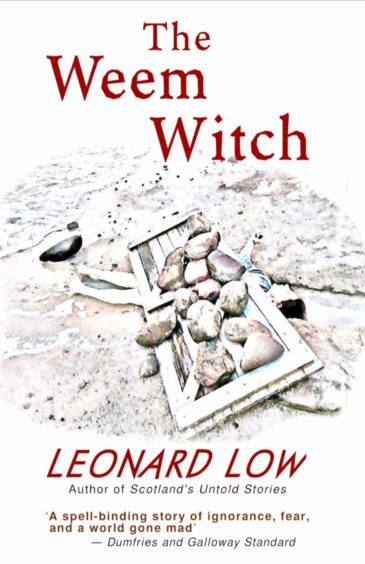

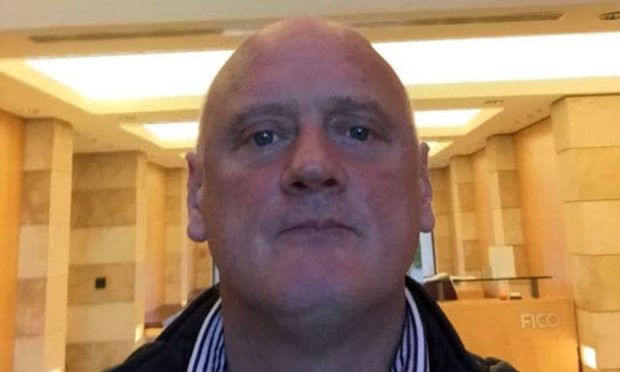
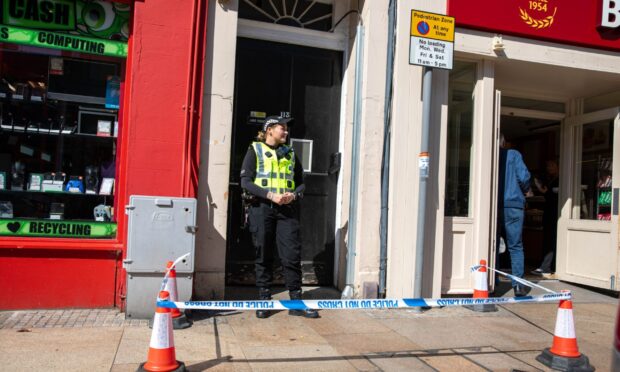

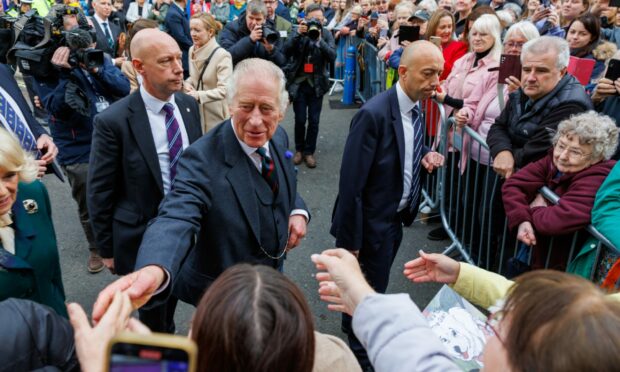
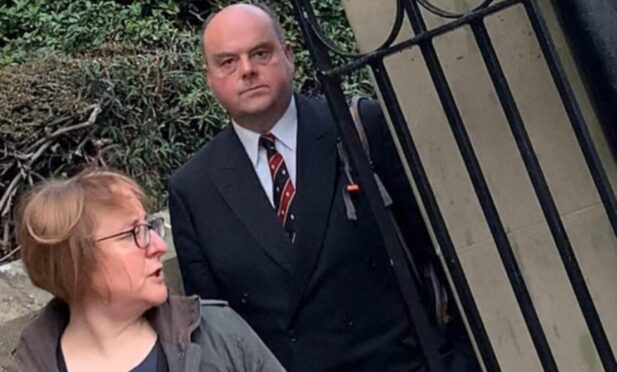
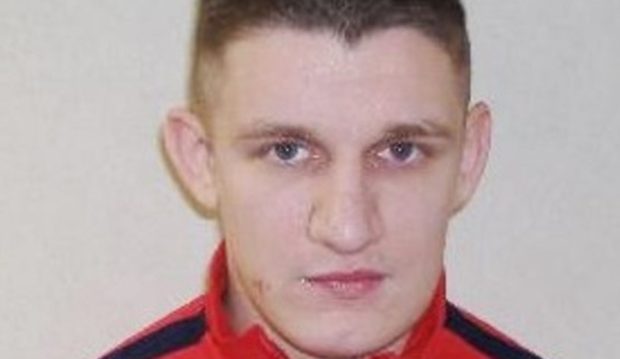
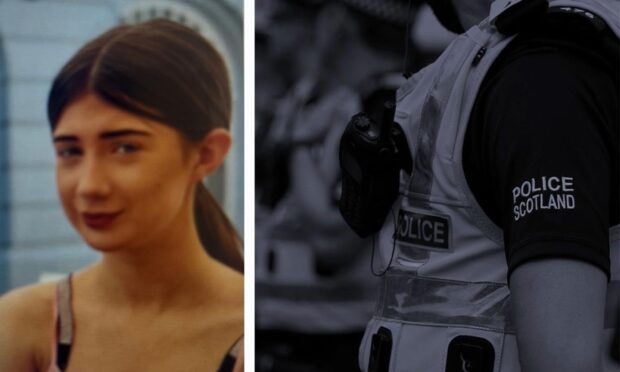

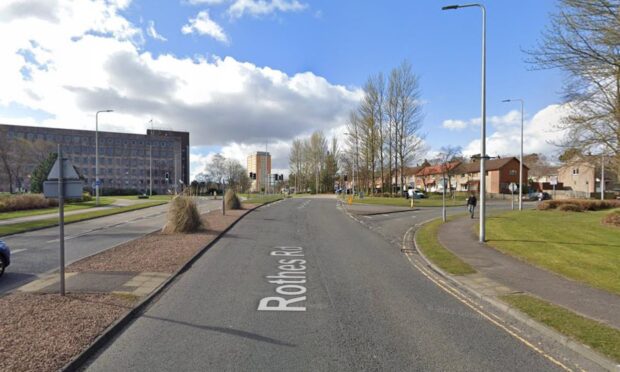
Conversation